What coffee to choose for every day, what to drink with friends, and what – when traveling
coffee to choose for every day routine
There are many recipes for making coffee-based drinks in the world – from regular espresso, available to anyone who has a coffee machine, to exotic ones like bicherin and bulletproof.
In this article we will go through each one, and you write a list of your favorites in the comments.
Espresso + water: the foundation of all foundations
“Just coffee” – this phrase can be used to describe all drinks based on the most common espresso (and, in fact, espresso itself). However, first things first
Espresso
A basic drink, complex and simple at the same time. Not every barista can make a really tasty espresso, because everything matters: quality, roasting and grinding of the beans, water hardness, coffee machine settings, moon phase… oops, sorry, got carried away. In general, espresso is a delicate matter.
The principle of making espresso is simple: water is passed through a filter with ground coffee under high pressure of 8-9 bar. The result is a fairly strong, not bitter and rich drink, considered a kind of basis for all other coffee variety. Classic proportions of espresso: 7 g of coffee per 30 ml of water.
Doppio
A double shot of espresso – that’s all. Suitable for lovers of a large cup who don’t want to sacrifice richness. By the way, there is also a triple shot of espresso, ideal for those who urgently need to wake up or perk up.
Ristretto
A drink that contains even less water than espresso: 15–20 ml for the same standard 7 g of coffee. The “thimble” is served with a glass of water to “refresh” the taste buds, but desserts or sugar with this type of coffee are considered bad form.
Lungo
Another variation on the espresso theme (but not Americano, as many people think). Lungo translates as “long” and is prepared in the following way: not 30 ml of water, but about 100 ml passes through a standard coffee “tablet” weighing 7 grams. It would seem that here it is, a strong tasty drink, but no.
Lungo requires even more skill from the barista than espresso. If you use regular roasted coffee, the drink turns out watery and bitter, over-extracted. Therefore, coffee shops that serve lungo use light roasted and coarsely ground coffee, following the original recipe of the Australian barista Matt Perger, who invented this drink.
Americano
Water plus espresso (or espresso plus water, depending on the method of preparation). In the Swedish version of preparation, 120 ml of water is added to 1 portion of espresso. In Italy, they do the opposite: 1 shot of espresso is poured into 120 ml of water in a thin stream, while preserving the crema.
Americano is good for those who like not very strong coffee in a large mug: you can stretch it out for a few minutes or wash it down with dessert.
Long black
A close relative of Americano, it comes from Australia. It is prepared in a very similar way: a single or double shot of espresso is poured into hot water directly from the holder (in Australia, a country of strong people, a double is more often poured, but in Russia and Europe, a standard shot is used in most cases). At the same time, the crema, in which the aromatic substances are concentrated, is preserved.
Proportions of long black: 120 ml of water and 60 ml of espresso.
Coffee drinks with milk: from cappuccino to melange
Cappuccino
At first, milk and cream were added to coffee to soften its bitter taste, and then baristas got hooked and began experimenting with different types of milk and its plant-based analogues.
Cappuccino traces its history back to the 19th century. In the 20th century, standard proportions were established: ⅓ espresso, ⅓ warm milk and ⅓ whipped milk foam. Everyone loves cappuccino. It has a natural sweetness due to milk sugars, a silky pleasant texture and an optimal temperature. In addition, cappuccino is good to drink with desserts, such as caramel cheesecake.
Latte
A drink for milk lovers. Strictly speaking, it is easy to lose the coffee itself behind the layers of warm milk and milk foam, so latte is considered a dessert drink, light, almost childish.
A latte is made from 1/4 espresso (30 ml), 1/4 frothed milk for the top and 2/4 warm milk. It used to be considered good form to serve the drink in a transparent glass to show its layers, but now it is quite acceptable to mix milk and coffee and use regular cups or ceramic glasses for serving.
By the way, if you don’t have a cappuccino maker, you can froth milk for latte and cappuccino using a French press. Watch how we do it:
Latte macchiato
In general, latte macchiato is also a latte. It is just prepared a little differently, and the layering is a must. In a “simple latte” coffee is poured first, then milk and foam, in a macchiato the first layer is espresso, then milk, and then whipped milk or whipped cream.
Flat white
It’s like a latte in reverse. It has more coffee, less milk, and in general, flat white is much stronger than standard cappuccino and its derivatives. It was invented by Australians, who are big fans of strong coffee, and the taste of flat white is appropriate – masculine, rich and strong.
The basis of a flat white is 2 shots of espresso (60 ml) and 110 ml of milk, whipped not to a fluffy foam, but to the smallest micro-bubbles of air. The foam, as the name suggests (flat white translates as “flat white”), should be flat – no higher than 25 mm.
Raf
A Russian specialty for those who like very, very, very sweet and quite high-calorie coffee, which can be both a drink and a dessert “in one bottle”. Classic espresso is whipped in a pitcher with cream and vanilla sugar, sometimes adding lavender or syrups.
We told the story of the origin of coffee “for Raphael” in an article dedicated to it.
Con panna
One of the oldest coffee drinks, invented long before cappuccino. It is prepared very simply: a shot or two of espresso (depending on the coffee shop menu or the customer’s choice) is topped with a cap of sweet whipped cream. You can decorate the top with cinnamon, grated chocolate, ground nuts or thin orange shavings.
Melange
Melange is also called “Viennese coffee” because it was traditionally prepared in Viennese coffee houses. It first appeared on menus at the end of the 19th century and was coffee brewed in a cezve with spices and honey, to which frothed milk was then added. Over time, the classic proportions of melange were formed: equal amounts of coffee and milk (this is how it differs from cappuccino and latte, which have much more milk).
In addition to the classic, there is also an imperial melange (Kaisermelange), to which cognac, honey and egg yolk are added.
Sweet, sour or unusual: interesting coffee drinks
Mocha (or mocha)
An American variety of latte with added chocolate. You can use either melted solid chocolate or chocolate syrup, or cocoa powder. In general, the mocha recipe varies from establishment to establishment, the only constant is the amount of espresso and milk.
Romano
Or espresso romano (espresso in Roman style). It is prepared on the basis of the same cup of espresso, to which 5 ml of lemon juice and a piece of thinly sliced lemon zest are added for beauty. The result is a rather sour, very refreshing and tasty drink, ideal for a hot summer day.
Bulletproof
Another purely American invention, created by businessman and researcher of human brain capabilities Dave Asprey. After traveling to Tibet, where the inhabitants warm up with tea with butter, he decided to try to create the same satiating coffee. Asprey called the resulting drink of strong coffee with the addition of unsalted butter and coconut oil Bulletproof and declared it a real find for those who want to quickly and powerfully increase their mental abilities. It is difficult to say anything about the latter, but the fact that a cup of hearty Bulletproof can replace a whole breakfast is for sure.
Red eye
“Red Eye” is a type of coffee drink for those who need a quick pick-me-up after a sleepless night. Historically, it was drunk by New York bohemians to get themselves in order after nights of partying in clubs, by students during exam sessions, and by truck drivers to stay awake while driving.
The drink has many variations, differing only in the strength and amount of caffeine per cup, but the basic principle of preparation is as follows: 2 servings of espresso (60 ml) per 120 ml of filter coffee. The taste of red eye is not particularly important, because it is not drunk to enjoy the fruity sourness.
This drink is not recommended for people with cardiovascular and nervous system diseases.
Coffee de olla
“Pot coffee” from hot Mexico. Prepared in a clay pot with the addition of unrefined cane sugar, cinnamon, cloves, anise, citrus zest and other natural flavors.
There are no exact proportions for this coffee, because every Mexican prepares it in his own way. The taste is reminiscent of ordinary oriental coffee with spices, prepared in a ceramic cezve, but with a cup of this drink you can imagine yourself on the streets of Mexico City or Veracruz.
Bicherin
Or “Turin coffee” – the national drink of the inhabitants of the Italian mountain region of Piedmont. It is prepared on the basis of the same one portion of espresso with the addition of dark chocolate and whipped cream and served in a glass, through the walls of which the layers are beautifully visible. 50 g of melted dark chocolate is placed on the bottom of the glass, pre-prepared espresso is carefully poured in there, and the drink is covered with a cap of whipped cream on top. The drink can be decorated with grated chocolate or a mint leaf.
In general, bicherin is a great choice when you really want not just coffee, but lots and lots of chocolate and cream.
Cold coffee drinks
Glace
A drink known to everyone or almost everyone with a scoop of ice cream. However, just coffee with ice cream is not considered a glacé: according to the rules, you must first cool the coffee to 10 degrees, and only then add ice cream and sprinkle with toppings.
There are no standard proportions for ice cream, but recommendations for baristas suggest that the volume of ice cream should be approximately 25% of the volume of coffee.
Affogato
A drink, but not quite. In its homeland, Italy, affogato is more of a dessert. A scoop of vanilla ice cream is poured over a cup of espresso: the resulting sweet dessert, melting before your eyes, is eaten with a spoon.
Fredo
Italian summer coffee, the name of which translates as “very cold” or “the coldest”. Consists of two shots of espresso and 4-5 ice cubes. It is customary to drink this coffee very slowly, through a straw.
Frappe
One of the few coffee drinks that is traditionally made not from freshly brewed ground coffee, but from instant coffee. Frappe was invented in Greece completely by accident: at the 1957 International Trade Fair in Thessaloniki, there was no cooler with hot water, and then Nestlé employee Dimitrios Vakondios mixed instant coffee with cold water and sugar and shook them in a shaker. Inexpensive and easy to prepare, the drink gained incredible popularity in the country, but Greek bartenders “enhanced” it with crushed ice, turning it into a non-alcoholic cocktail.
Iced coffee
The good old “ice coffee”, suitable for both a tropical resort and summer Moscow. There are about as many recipes for cold coffee cocktails as there are people who make them, but the basis is always chilled coffee (made in any way), sweetener and crushed ice. You can also add milk, condensed milk, whipped cream, orange juice… in short, the imagination is endless.
Cold brew
A very unusual coffee, prepared using the cold extraction method. 100-150 grams of ground coffee is poured with 1 liter of water and put into the refrigerator for 12 hours or even a day. During this time, extraction occurs and the result is a drink saturated with caffeine and essential oils, but at the same time quite light and fresh without bitterness and bright sourness.
Something Hotter: Coffee Drinks with Alcohol
Coretto
An Italian coffee drink based on standard espresso with a small amount of strong alcohol added – grappa, sambuca or brandy. In Spain, the same cocktail is called carajillo (another version is carajillo) and is “seasoned” with brandy, rum or aniseed vodka.
Irish coffee
Or “Irish coffee”. Bright, sweet and tasty Irish was invented by a bartender in Foynes to warm up passengers on a plane that had made an emergency landing due to bad weather. In addition to coffee, sugar and whipped cream, the drink included a “secret” ingredient – Irish whiskey.
The classic recipe calls for 80ml of coffee, 40ml of whiskey, 1 teaspoon of cane sugar and 30ml of whipped cream, but the recipe is modified according to the taste of the person making it.
Moretta
Or Moretta Fano – an invention of sailors and workers of the port of Fano. On cold days, sailors warmed themselves by pouring liqueur or brandy heated with spices and sugar and a shot of strong espresso into a cup. The “cultured” version of moretta from bartenders is served in a heated glass, and the drink itself consists of layers: liqueur at the bottom, coffee in the middle, and coffee foam rising above it.
Brulo
The national drink of the Creoles – descendants of immigrants from France who settled in the southern United States. In addition to coffee, it contains a mixture of spices (cloves, cinnamon, lemon and orange zest), cane sugar and, surprisingly, brandy. The latter can be replaced with cognac in Russian conditions. First, you need to heat the brandy with spices and sugar until the sugar is completely dissolved, then set the mixture on fire so that it caramelizes, and then carefully pour the finished coffee into it.
Brulo is considered a sociable drink and is more suitable for a fun party than for a meditative cup alone. However, you may think otherwise!
What is your favorite coffee drink?

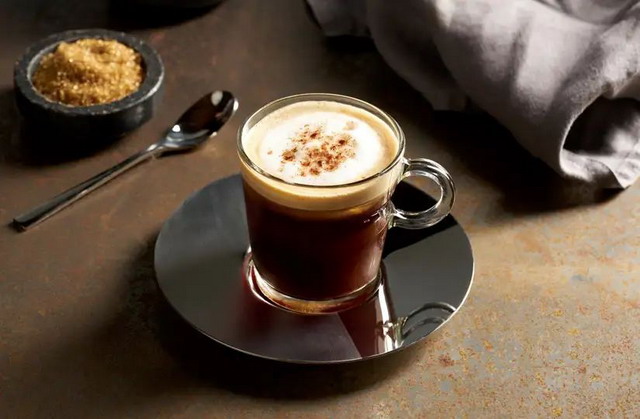
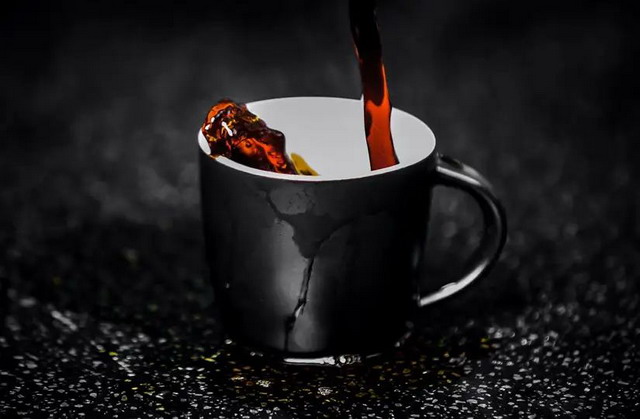


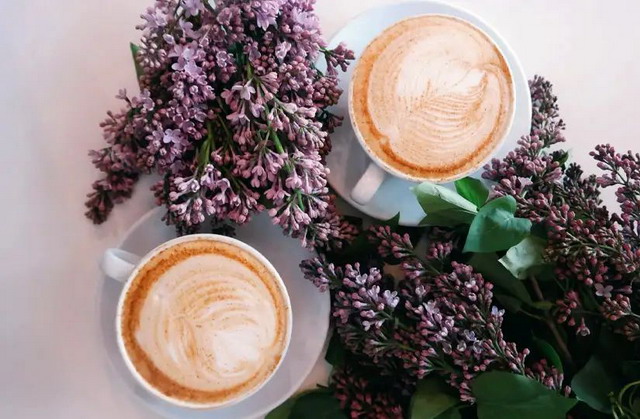

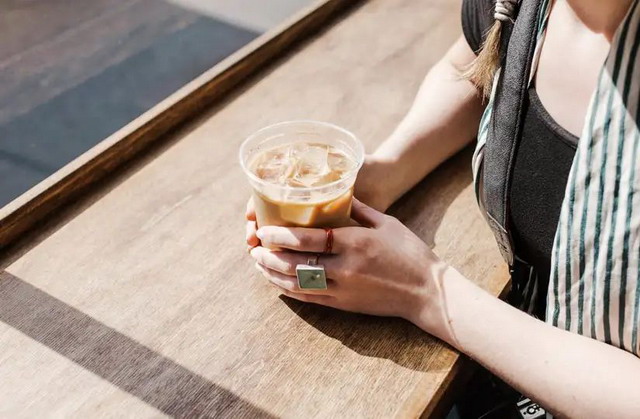
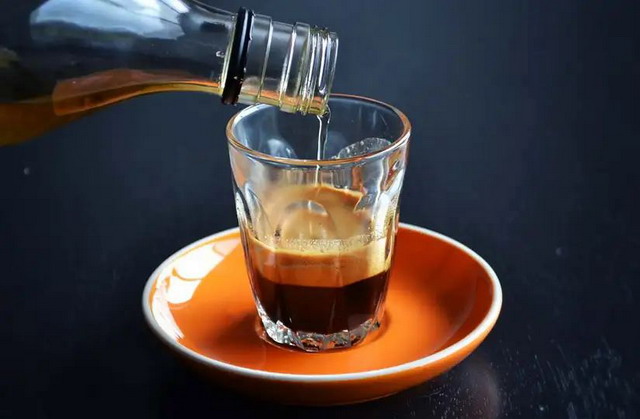
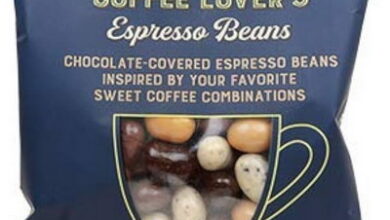
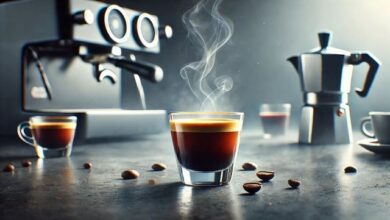


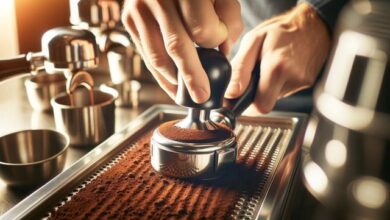
Very rapidly this site will be famous among all blog viewers, due to it’s fastidious articles
Hello to all, how is the whole thing, I think every one is getting more from
this web site, and your views are good in support of new people.
Thanks for another informative site. The place else may just I am getting that kind of information written in such an ideal manner?
I’ve a project that I’m just now running on, and I have been on the glance
out for such information.